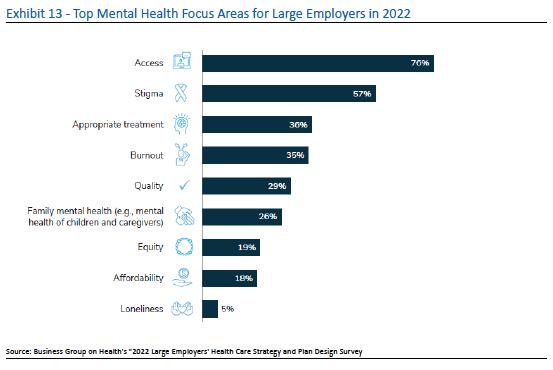The virtual care landscape has seen major transformations over the past few years, with pandemic-linked federal telemedicine waivers and the takeoff of video visits.
Now, many traditional healthcare providers have reached a point of comfort with telemedicine as the industry adjusts to evolving patient demands, workflow expectations and, in certain cases, limited resources. Next, organizations will look at how to fully integrate virtual care into new care modalities.

Rather than asking what financial benefits virtual care could provide an organization, providers must understand that virtual care is not a strategy in and of itself. Virtual care is an enabler of an organizational strategy. To crystalize that organizational strategy, providers can explore whether they’re looking to access new markets, reduce operating costs, achieve a better customer experience or improve their approaches to population health.
So, what will virtual care look like for the rest of this year and beyond? Program success will be less reliant on the technology than on organizational and human factors, the business operating model, operational and clinical workflows, and policies and procedures. Here’s a peek at virtual care’s journey in 2022 and beyond.
Click the banner below for more HealthTech content on virtual care strategies.








